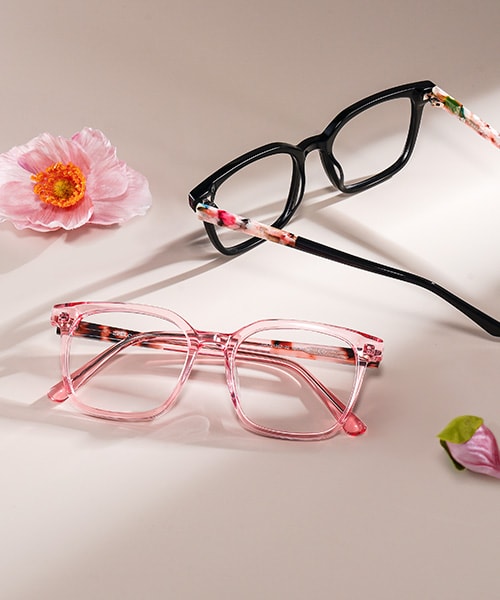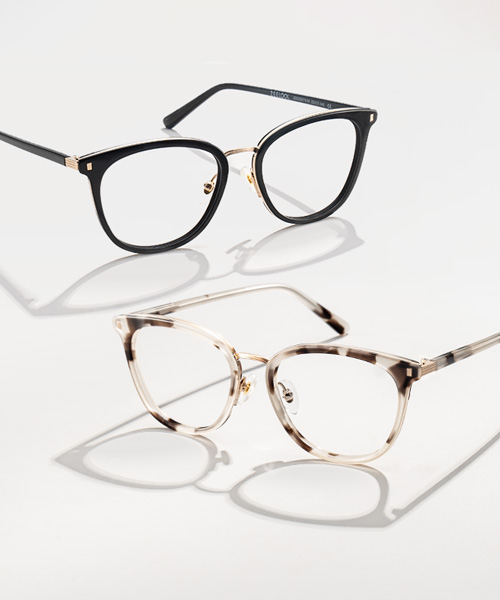
Why Light Sensitivity Matters?
Light is the foundation of vision and life, but most eyeglass wearers are sensitive to light, and discomfort or pain caused by light is just as important to them as vision correction.
Transitions Empowers Your Vision
Transitions lenses seamlessly integrate the features which are required, ensuring they adapt to varying light environments while providing UV protection and blue light filtration. It makes them an ideal choice for individuals seeking optimal visual comfort and eye health across different lighting conditions.

BLOCK 100% UVA & UVB

UP TO 90% POLARIZATION EFFICIENCY12

BEXTRA DARK UP TO CATEGORY 3

UP TO 2X FASTER FADEBACK14

INDOOR CLARITY


- Indoors
- Cloudy Outdoors
- Normal Outdoors
- Normal Outdoors

Principle of Photochromic Lenses
Photochromic lenses incorporate trillions of photochromic molecules that dynamically change shape in response to light exposure levels. When exposed to UV light, the molecules realign into a flat configuration, resulting in the lenses darkening. Conversely, when UV light is removed, heat causes the molecules to revert to their original state, returning the lenses to a clear state.
To facilitate the shape-changing process, the molecules require space to move within the matrix. Ideally, the matrix should be highly flexible to allow the dyes to move freely. However, since these are eyeglass lenses, the matrix must also be composed of a hard material that is both scratch-resistant and durable.
Application of Innovative Technology
—— Cutting-Edge Clear-to-Extra Dark Technology

Nano-composite Matrix
The breakthrough solution features a revolutionary nano-composite matrix that combines the flexibility of soft materials with the durability of nanometric hard materials. The innovative nano-composite matrix emulates a semi-crystalline structure, creating distinct hard and soft domains that allow the dyes to move more freely. The facilitates rapid activation and fadeback without compromising darkness or durability. By optimizing the environment of each layer, this technology significantly enhances the performance of the photochromic system, achieving deeper coloration, faster fade-back, and efficient polarization. The development of new materials disrupts the conventional trade-off between high polarization efficiency and rapid fade-back, advancing the evolution of Transitions lenses and consistently delivering an exceptional visual experience for users.

Powerful Dyes
All photochromic molecules undergo fading reactions are influenced by temperature that the higher temperature, the faster fading rate. For other photochromic lenses, higher temperatures typically reduce overall darkness. To overcome temperature challenges, this technology further absorbs the visible spectrum, providing enhanced darkening effects outdoors. Additionally, the molecular structure of photochromic dyes continues to be optimized, with dye chemists manipulating specific areas within the molecular structure to improve darkness, color, and speed. Leveraging extensive expertise in this field, optical experts have successfully expanded dye molecular structures, enhancing their ability to absorb more visible light energy and thereby activating lenses in bright light conditions.
 86% are highly satisfied with their overall vision experience while driving.
86% are highly satisfied with their overall vision experience while driving. 87% are well-protected in intense sunlight outdoors.
87% are well-protected in intense sunlight outdoors. 80% are well-protected when using digital screens.
80% are well-protected when using digital screens. 87% feel their eyes are well-protected indoors under bright and artificial lighting.
87% feel their eyes are well-protected indoors under bright and artificial lighting.
Compare Our Lenses
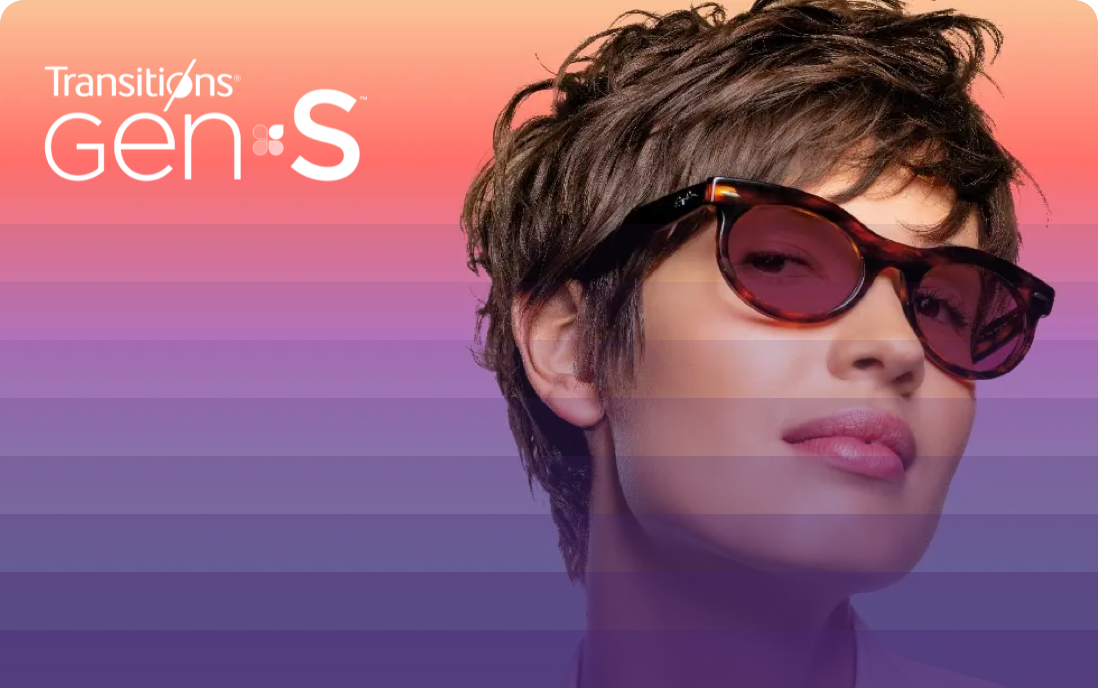
ULTRA DYNAMIC LENSES.
Our perfect everyday lenses: ultra-responsive to light, spectacular color palette, HD vision at the speed of your life.
Fully clear indoors
Outdoor performance Dark up to -85% Tint
UVA and UVB Block Ratio 100%
Harmful blue light Block -32% indoor, -85% outdoor
Polarization efficiency —
Activation in the car —







DEFY THE BRIGHT.
Our best for people who are very lightsensitive or frequently exposed to bright light.
Clear indoors with a hint ofprotective tint
Outdoor performance Dark up to -86% Tint
UVA and UVB Block Ratio 100%
Harmful blue light Block -45% indoor, -86% outdoor
Polarization efficiency —
Activation in the car Partial, up to -60% Tint



DEFY THE GLARE.
Our best for people who are frequentlyexposed to bright light and refiective glare.
Clear indoors with a hint ofprotective tint
Outdoor performance Dark up to -90% Tint
UVA and UVB Block Ratio 100%
Harmful blue light Block -45% indoor, -90% outdoor
Polarization efficiency Dynamic polarization
Activation in the car Partial, up to -60% Tint up to 30% polarization

- STEP 1 Choose Your Frame
- STEP 2 Verify Your Prescription
- STEP 3 Customize Your Glasses with Transitions
Recommended Frames with Transitions
- Default
- Popular
- New Arrivals
- Price Low To High
- Price High To Low
- 115.9K

 MediumRodz$7.00$29.95
MediumRodz$7.00$29.95 - 48K

 MediumGrover$15.00$29.95
MediumGrover$15.00$29.95 - 96.7K

 NarrowFarris$9.95$25.95
NarrowFarris$9.95$25.95 - 28.7K

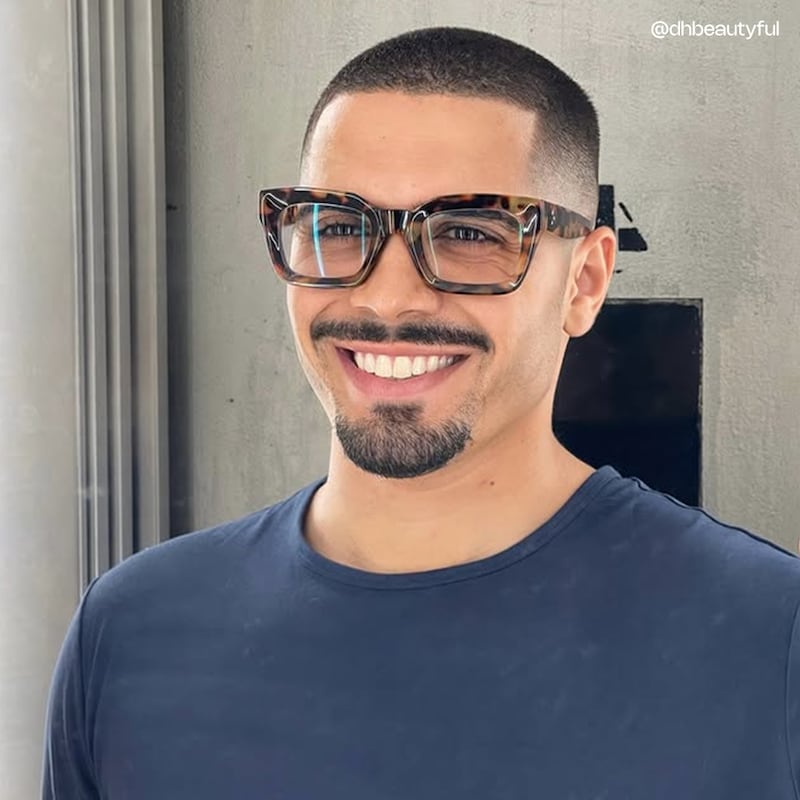 WideNevaeh$15.00$25.95
WideNevaeh$15.00$25.95 - 11.4K
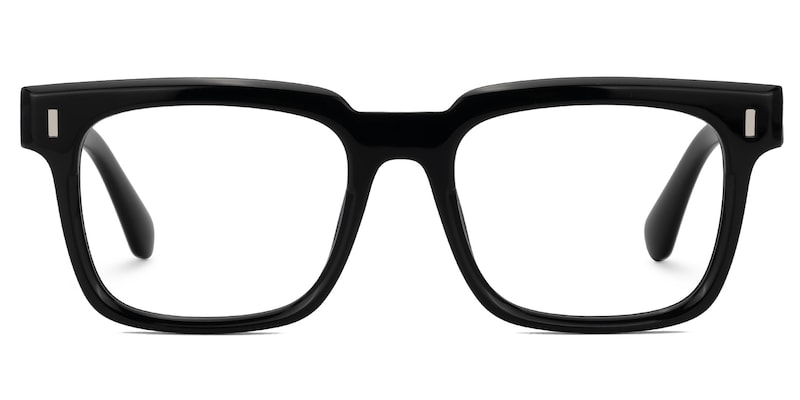
 WideKatia$19.95$22.95
WideKatia$19.95$22.95 - 29K

 MediumContreras$29.95
MediumContreras$29.95 - 22.8K

 NarrowDaniel$35.95
NarrowDaniel$35.95 - 3K

 WideKai$22.95$25.95New In
WideKai$22.95$25.95New In - 94.7K

 Extra WideCordaro$7.00$25.95
Extra WideCordaro$7.00$25.95 - 77.5K

 MediumRodz$15.00$35.95
MediumRodz$15.00$35.95 - 43.2K

 WideQatar$9.95$29.95
WideQatar$9.95$29.95 - 42K

 NarrowChanty$19.95
NarrowChanty$19.95 - 19.8K

 WidePearl$25.95$29.95
WidePearl$25.95$29.95 - 36.9K

 NarrowLamont$29.95
NarrowLamont$29.95 - 5.2K

 MediumOsvaldo$29.95$35.95
MediumOsvaldo$29.95$35.95 - 9.4K

 Extra WideGraniela$19.95$29.95
Extra WideGraniela$19.95$29.95 - 80.3K

 Extra WideBrandon$7.00$29.95
Extra WideBrandon$7.00$29.95 - 79.8K

 MediumMalcolm$7.00$25.95
MediumMalcolm$7.00$25.95 - 70.5K
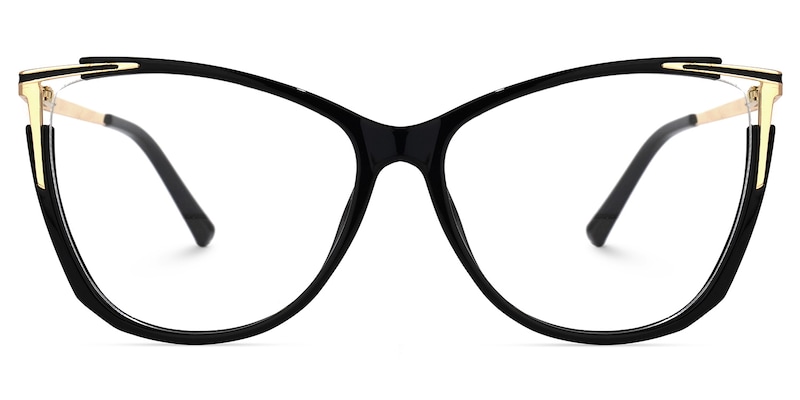
 Extra WideYomary$9.95$29.95
Extra WideYomary$9.95$29.95 - 37.3K

 Extra WideGifford$19.95$29.95
Extra WideGifford$19.95$29.95

Background
Basic principle
Application
Customer Satisfaction
Functional Comparison
How to Buy
More Glasses

















